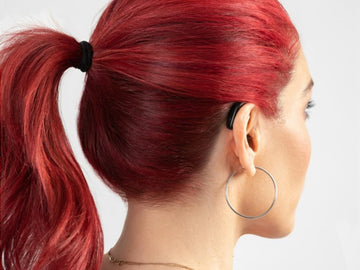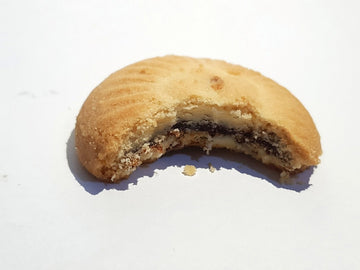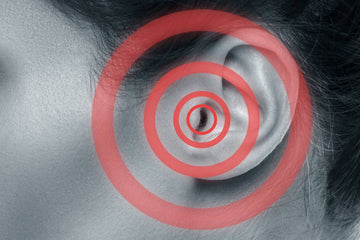
When it comes to hearing aids, fit is everything. A well-fitted hearing aid can be the difference between a life-changing device and an expensive paperweight. But how do you know if your hearing aid fits properly? Let's explore this topic and help you get the most out of your hearing technology.
Why Proper Fit Matters
Comfort and Wearability
Imagine wearing shoes that pinch your toes all day. Uncomfortable, right? The same principle applies to hearing aids. A properly fitted hearing aid should be so comfortable that you barely notice it's there. This comfort ensures you'll actually wear your hearing aid consistently, which is key to improving your hearing experience.
Sound Quality
A snug fit isn't just about comfort—it's about sound quality too. When your hearing aid fits correctly, it's positioned to deliver sound precisely where it needs to go. This optimal positioning can significantly enhance clarity and reduce issues like feedback or distortion.
Prevention of Issues
Ill-fitting hearing aids can lead to a host of problems, from simple irritation to more complex issues like ear infections. A proper fit helps prevent these issues, ensuring your hearing journey is smooth and problem-free.
Types of Hearing Aids and Their Fit
Behind-the-Ear (BTE) Hearing Aids
BTE hearing aids sit—you guessed it—behind your ear. The main body of the device rests behind your ear, with a thin tube running into your ear canal. These aids should fit snugly behind your ear without any movement or slipping.
In-the-Ear (ITE) Hearing Aids
ITE hearing aids are custom-made to fit inside your outer ear. They should fit securely without any gaps, which could cause feedback. If you're considering this type, you might want to buy quality hearing aids online from a reputable provider like us at Hear Clear to ensure you're getting a device that can be properly fitted.
Receiver-in-Canal (RIC) Hearing Aids
RIC hearing aids are similar to BTE aids, but with the speaker (receiver) placed inside the ear canal. The fit of these devices is particularly important as it affects both comfort and sound quality.
How to Achieve the Perfect Fit
Professional Fitting

While it's possible to adjust some aspects of your hearing aid fit at home, nothing beats a professional fitting. An audiologist can ensure your hearing aid is perfectly tailored to your ear shape and hearing needs.
Adjusting for Comfort and Function
Even after a professional fitting, you may need to make minor adjustments for optimal comfort and function. This might involve tweaking the angle of the device or adjusting the length of the tubing.
Regular Maintenance and Re-Fitting
Your ears can change shape over time, and your hearing needs may evolve. Regular check-ups and re-fittings can ensure your hearing aids continue to fit perfectly and meet your needs.
Common Fit Problems
Feedback and Whistling
If you're experiencing feedback (that annoying whistling sound), it's often a sign that your hearing aid doesn't fit properly. This can occur when amplified sound leaks out of the ear canal and is re-amplified by the hearing aid.
Discomfort and Irritation
Discomfort or irritation in your ear could indicate that your hearing aid is either too tight or too loose. It's important to address this promptly to prevent long-term issues.
Poor Sound Quality
If sounds seem muffled or unclear, your hearing aid may not be positioned correctly in your ear. This is particularly important for those wondering if you can wear one hearing aid, as proper fit can affect the balance of sound between ears.
Troubleshooting Fit Issues
Self-Adjustment Tips
While professional help is always best, there are some adjustments you can make at home:
Firstly, ensure your hearing aid is clean and free from earwax buildup.
Secondly, check that the battery door is fully closed and the battery is correctly inserted.
Lastly, if you have a BTE or RIC hearing aid, try adjusting the angle of the device behind your ear or the position of the dome in your ear canal.
When to Seek Professional Help
If you've tried self-adjustments and are still experiencing issues, it's time to consult a professional. An audiologist can assess the fit of your hearing aid and make necessary adjustments or repairs.
Final Thoughts
A well-fitted hearing aid can dramatically improve your quality of life, allowing you to engage fully in conversations and enjoy the sounds around you. Remember, achieving the perfect fit is a process that may require some patience and fine-tuning.
At Hear Clear, we're committed to helping you find the right hearing aid and ensuring it fits perfectly. We offer a range of high-quality devices and provide support throughout your hearing journey. Whether you're new to hearing aids or looking to upgrade, we're here to help you hear your best.
So - don't let poor fit hold you back from experiencing the full benefits of your hearing aid. With the right fit, you'll be amazed at the world of sound that opens up to you. Ready to take the next step in your hearing journey? Explore our range of hearing aids today and discover the difference a well-fitted device can make.




